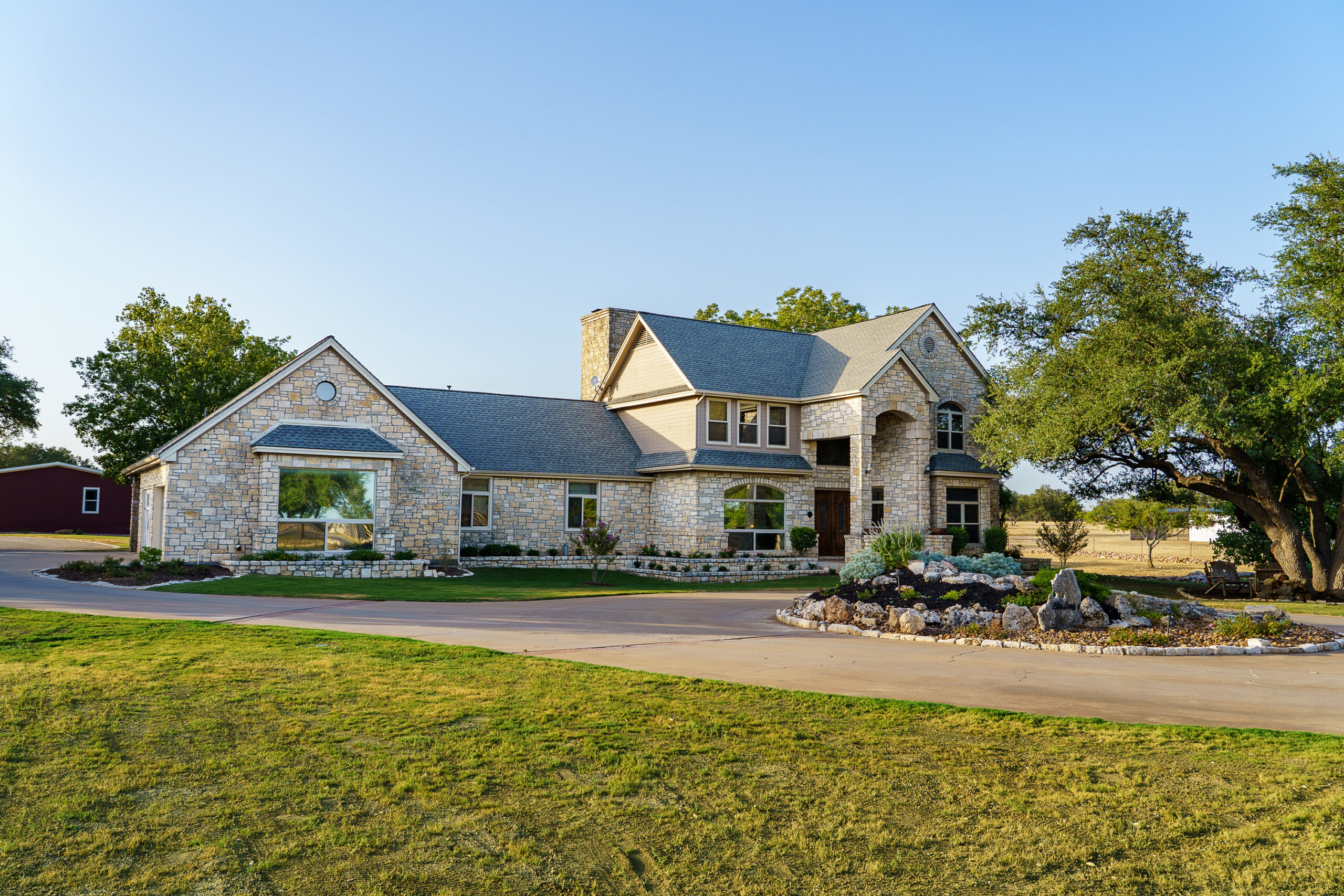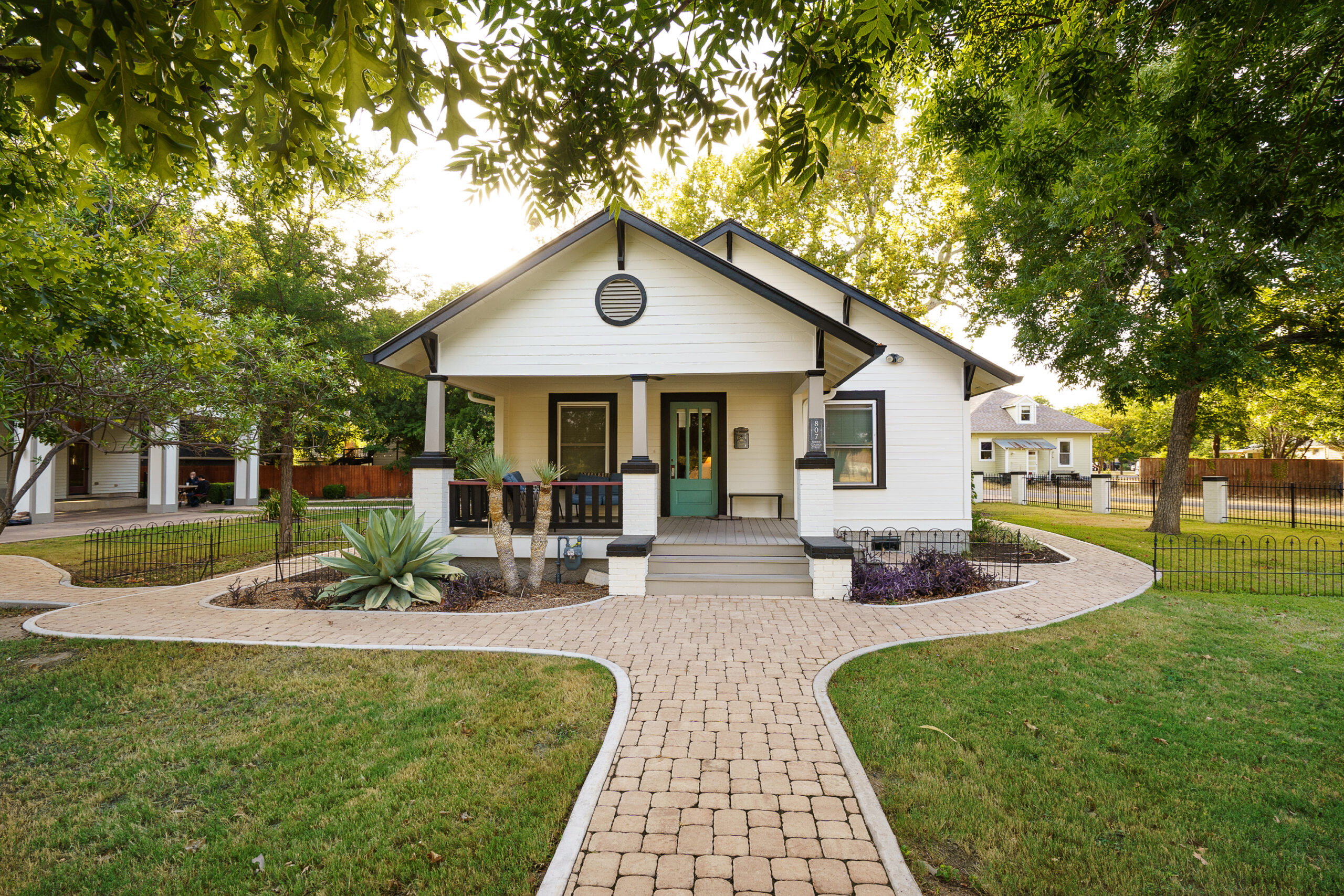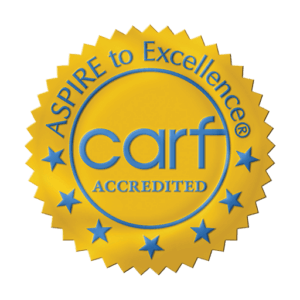Living with bipolar disorder can be incredibly challenging—not just for the individual diagnosed but for their family and loved ones as well. Characterized by extreme mood swings, ranging from manic highs to depressive lows, bipolar disorder can severely impact a person’s quality of life. Seeking help from a top bipolar treatment center can provide access to a variety of therapeutic approaches that help individuals gain stability, develop coping strategies, and improve their mental and emotional health.
At Alta Loma, a top bipolar treatment center, we believe in providing personalized care that incorporates various types of therapy to ensure that each person gets the treatment they need. This blog will walk you through the different types of therapies available at a top bipolar treatment center like Alta Loma, shedding light on how these treatments work and why they’re effective for managing bipolar disorder.
Why Comprehensive Therapy Matters for Bipolar Disorder
Before diving into the specifics of each type of therapy, let’s briefly discuss why having a range of therapy options is so important for treating bipolar disorder. Bipolar disorder is a complex condition that can manifest differently in each person. Some people experience longer depressive episodes, while others may have more frequent manic episodes. Moreover, some individuals may also have co-occurring conditions like anxiety, substance abuse, or trauma that need to be addressed alongside their bipolar disorder.
This is why a top bipolar treatment center like Alta Loma offers multiple forms of therapy—no two people are the same, and the treatment plan must reflect that. By using a combination of therapies, individuals can tackle various aspects of their disorder, from managing mood swings to improving relationships with family and friends.
1. Cognitive Behavioral Therapy (CBT)
Cognitive Behavioral Therapy (CBT) is often considered the gold standard for treating mental health conditions, including bipolar disorder. This therapy focuses on the relationship between thoughts, feelings, and behaviors, helping individuals identify negative patterns and replace them with healthier ones.
How CBT Works for Bipolar Disorder
CBT aims to address the distortions in thinking that can contribute to the mood swings of bipolar disorder. During depressive episodes, people may have thoughts that are overly negative or self-critical, while during manic episodes, they may have thoughts that are grandiose or unrealistic. CBT works by helping individuals challenge these thoughts and replace them with more balanced, rational thinking.
At Alta Loma, a top bipolar treatment center, therapists work closely with clients to tailor CBT sessions to their unique needs. For instance, if someone tends to spiral into depressive thinking after a stressful event, the therapist will help them develop tools to interrupt that cycle. Similarly, for those prone to impulsive decisions during manic phases, CBT can help them slow down and think through their actions before acting.
Key Techniques Used in CBT:
- Cognitive Restructuring: Reframing negative or distorted thoughts into more positive, rational ones.
- Behavioral Activation: Encouraging engagement in positive activities, even when energy levels are low.
- Problem-Solving: Teaching strategies to manage stressors and challenges more effectively.
Benefits of CBT:
- Reduces the severity of depressive and manic episodes
- Teaches individuals how to manage their thoughts and emotions
- Provides practical coping strategies for dealing with stressors
- Helps to maintain long-term stability after treatment
2. Dialectical Behavior Therapy (DBT)
Dialectical Behavior Therapy (DBT) was originally developed to treat borderline personality disorder but has since been adapted for a range of mental health conditions, including bipolar disorder. One of the core principles of DBT is balancing acceptance and change—helping individuals accept their reality while also working toward meaningful change.
DBT at a Top Bipolar Treatment Center
At Alta Loma, DBT is used to help individuals who struggle with emotional regulation and impulsive behaviors, both of which are common in bipolar disorder. DBT focuses on four main areas: mindfulness, distress tolerance, emotion regulation, and interpersonal effectiveness.
- Mindfulness: Mindfulness practices help individuals stay grounded in the present moment, which can be particularly helpful during manic or depressive episodes.
- Distress Tolerance: This component teaches individuals how to tolerate pain or discomfort in a healthy way, rather than reacting impulsively.
- Emotion Regulation: Emotion regulation skills help individuals learn how to manage their emotions more effectively, reducing the intensity of mood swings.
- Interpersonal Effectiveness: This module focuses on improving communication and relationships, which are often strained in individuals with bipolar disorder.
Benefits of DBT for Bipolar Disorder:
- Helps reduce impulsive and risky behaviors during manic episodes
- Improves emotional regulation, making it easier to handle mood swings
- Teaches mindfulness, helping individuals stay grounded and in control
- Encourages healthier relationships with family, friends, and coworkers
3. Medication Management
While therapy is a critical part of treating bipolar disorder, medication is often essential for stabilizing mood swings and preventing relapses. The most common medications used to treat bipolar disorder include mood stabilizers, antipsychotics, and sometimes antidepressants (although these must be used cautiously).
Medication Management at Alta Loma
At Alta Loma, a top bipolar treatment center, medication management is closely integrated into the overall treatment plan. Our team of psychiatrists works with each client to find the right combination of medications to stabilize mood swings without causing severe side effects. Regular follow-up appointments ensure that the medication is working effectively and can be adjusted if necessary.
Common Medications for Bipolar Disorder:
- Mood Stabilizers: Lithium, valproic acid, and lamotrigine are commonly prescribed to help manage both manic and depressive episodes.
- Antipsychotics: Medications like quetiapine or olanzapine are often used to control symptoms of mania and psychosis.
- Antidepressants: These are used cautiously, as they can sometimes trigger manic episodes. They are typically combined with mood stabilizers to reduce this risk.
Benefits of Medication Management:
- Helps stabilize mood swings, allowing individuals to focus on therapy
- Reduces the severity and frequency of manic and depressive episodes
- Prevents relapse by maintaining chemical balance in the brain
- Allows for a more holistic approach when combined with therapy

4. Family Therapy
Family therapy is a key component of treatment at a top bipolar treatment center like Alta Loma. Living with bipolar disorder can put a significant strain on family relationships. Misunderstandings, frustration, and emotional burnout can arise when family members don’t fully understand the disorder or how to support their loved one effectively.
The Role of Family Therapy at Alta Loma
At Alta Loma, family therapy sessions are designed to improve communication and foster understanding among family members. Our therapists educate families about the nature of bipolar disorder, helping them understand what their loved one is going through. Family therapy also provides a safe space for discussing difficult topics, such as setting boundaries, managing expectations, and developing a plan for support during mood episodes.
Common Goals of Family Therapy:
- Education: Families learn about the symptoms, triggers, and treatment options for bipolar disorder.
- Communication: Improving communication to reduce misunderstandings and conflict.
- Support: Helping family members provide the right kind of support without enabling unhealthy behaviors.
Benefits of Family Therapy:
- Strengthens the support system for the individual with bipolar disorder
- Reduces family conflict and stress, creating a more peaceful home environment
- Improves family members’ understanding of the disorder
- Provides tools for managing crisis situations effectively
5. Group Therapy
Group therapy can be an extremely valuable tool in bipolar disorder treatment. It provides a space for individuals to connect with others who are facing similar challenges, offering both empathy and encouragement. Group therapy at a top bipolar treatment center like Alta Loma is guided by a licensed therapist who ensures that the sessions are productive, safe, and focused on healing.
How Group Therapy Works at Alta Loma
In group therapy sessions, individuals with bipolar disorder come together to share their experiences, challenges, and successes. The shared environment helps reduce feelings of isolation and provides an opportunity to learn from others who are going through similar struggles. Group therapy can also help individuals develop better social skills, improve self-awareness, and gain insights from hearing others’ perspectives.
Common Topics Covered in Group Therapy:
- Coping strategies for managing mood swings
- Dealing with stigma and misconceptions about bipolar disorder
- Setting healthy boundaries in personal and professional relationships
- Managing stress and preventing relapse
Benefits of Group Therapy:
- Provides a supportive community of individuals who understand what it’s like to live with bipolar disorder
- Offers different perspectives and strategies for managing the condition
- Reduces feelings of isolation and loneliness
- Helps individuals practice social skills and improve communication
6. Nutritional Counseling and Wellness
While many treatment centers focus solely on mental health therapies, at Alta Loma, we believe that physical health plays a critical role in managing bipolar disorder. Nutritional counseling is an essential part of the comprehensive care we offer. The food we eat can have a significant impact on our mood, energy levels, and overall mental health.
The Role of Nutrition in Bipolar Disorder Treatment
At Alta Loma, nutritional counseling involves working with clients to develop a balanced, nutrient-rich diet that supports their mental health. Research shows that certain nutrients—such as omega-3 fatty acids, magnesium, and vitamins B and D—can play a role in stabilizing mood and improving overall brain function. Our nutritional counselors work closely with clients to create meal plans that incorporate these essential nutrients.
Additionally, we focus on helping clients make healthy lifestyle choices that promote emotional and physical well-being. This includes educating them about the effects of caffeine, sugar, and processed foods on mood stability, and offering guidance on maintaining a healthy, balanced diet that supports long-term recovery.
Nutritional Counseling at a Top Bipolar Treatment Center:
- Balanced Diet Plans: Tailored meal plans that focus on stabilizing mood and improving energy levels.
- Education on Mood-Boosting Foods: Information on foods rich in nutrients that support mental health.
- Lifestyle Adjustments: Guidance on avoiding substances and habits that could trigger mood swings, such as excessive caffeine or sugar intake.
Benefits of Nutritional Counseling:
- Supports mental health by providing the brain with essential nutrients
- Helps improve mood stability and reduce the severity of mood swings
- Educates clients on the connection between diet and mental health
- Encourages a healthier, more balanced lifestyle that supports long-term recovery
7. Individual Psychotherapy
While group therapy and family therapy are crucial, sometimes individuals need one-on-one time with a therapist to work through personal challenges. Individual psychotherapy allows clients to focus on specific issues, such as past trauma, personal goals, or complex emotions that may not be suitable for a group setting.
Individual Therapy at Alta Loma
At a top bipolar treatment center like Alta Loma, individual therapy sessions are highly personalized. Clients meet regularly with a therapist to discuss their progress, challenges, and any adjustments that need to be made to their treatment plan. This type of therapy is particularly beneficial for individuals who need a safe, private space to explore their feelings and work through deeper issues.
Benefits of Individual Therapy:
- Provides personalized attention and treatment
- Allows for in-depth exploration of personal issues
- Helps individuals set and achieve personal goals
- Offers a safe, confidential space to discuss feelings and challenges
Long-Term Benefits of Comprehensive Therapy for Bipolar Disorder
One of the key advantages of choosing a top bipolar treatment center like Alta Loma is that it offers a comprehensive approach to therapy. By combining different types of therapy—CBT, DBT, medication management, family therapy, group therapy, and nutritional counseling—individuals with bipolar disorder can address all aspects of their condition. This integrated approach helps ensure that individuals don’t just manage their symptoms in the short term but are also equipped with the tools and strategies they need for long-term success.
Final Thoughts on Choosing a Top Bipolar Treatment Center
When it comes to treating bipolar disorder, finding the right treatment center is crucial. Alta Loma stands out as a top bipolar treatment center because of its commitment to personalized, comprehensive care. We offer a wide range of therapies tailored to meet the unique needs of each individual. Whether you’re looking for cognitive-behavioral therapy, medication management, family therapy, or nutritional counseling, Alta Loma provides the resources, support, and expertise needed to help you or your loved one achieve lasting stability and a better quality of life.
If you or someone you love is struggling with bipolar disorder, remember that help is available. With the right combination of therapies, it’s possible to regain control, reduce the frequency and intensity of mood swings, and lead a fulfilling, productive life. Alta Loma is here to support you every step of the way. For more information visit our website https://www.altaloma.com/ or call us at (512) 829-3686.
FAQs
1. How do I know which therapy is right for me?
At Alta Loma, we assess each individual’s needs through a thorough evaluation. From there, we create a personalized treatment plan that may include a combination of different therapies.
2. Is medication necessary for bipolar disorder?
While not everyone requires medication, it’s often a key component of managing bipolar disorder, especially when combined with therapy. Our psychiatrists will help you find the right balance.
3. Can I involve my family in my treatment?
Absolutely. Family involvement is encouraged through family therapy sessions, which help loved ones understand the disorder and provide the right kind of support.
4. How long does treatment typically last?
The duration of treatment varies depending on the individual’s needs. Some people may need short-term intensive treatment, while others benefit from long-term support.
5. What makes Alta Loma a top bipolar treatment center?
Alta Loma stands out for its comprehensive approach, offering a variety of evidence-based therapies and nutritional counseling tailored to the individual. Our focus is on both immediate recovery and long-term stability.






